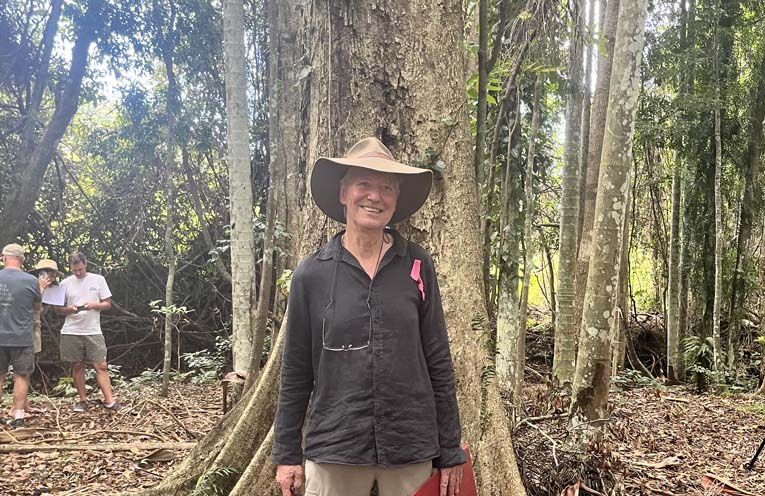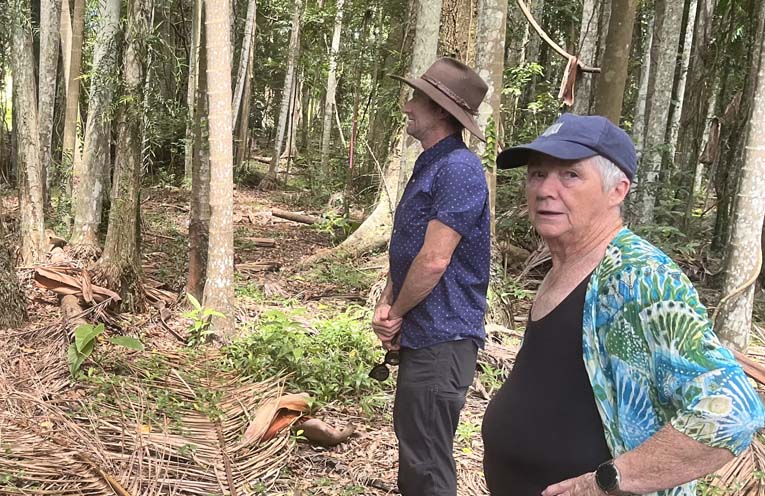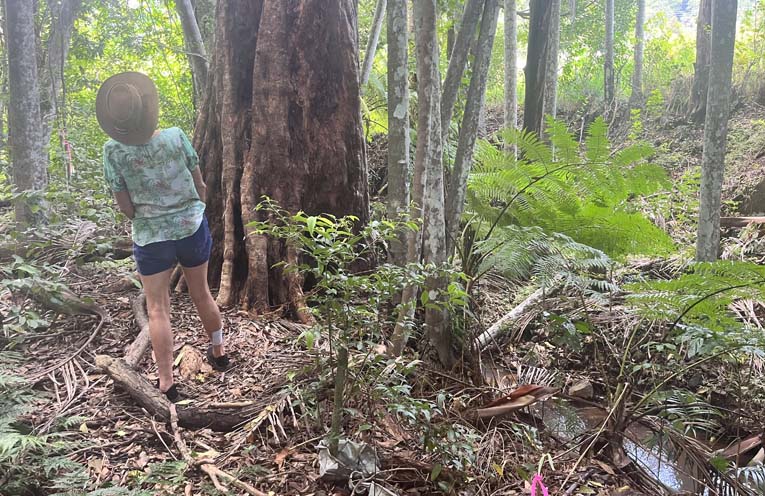
A DISTINGUISHED group of ecologists, botanists and environmentalists, with potentially a combined 600 years of professional experience in the realms of the environment, has sent a letter to Regional Roads Minister Sam Farraway MLC and Environment Minister James Griffin regarding the proposed destruction of a 0.5 ha remnant of rare subtropical lowland rainforest that sits on the route of the Coffs Harbour Bypass.
This unique ecosystem has been on earth for millions of years and the group questions why the NSW Government has routed the bypass through the patch and now says it is too late to make any changes.
 Advertise with News of The Area today.
Advertise with News of The Area today.It’s worth it for your business.
Message us.
Phone us – (02) 4981 8882.
Email us – media@newsofthearea.com.au
The letter asks three things of the ministers and the NSW Government.
1. To meet the legal obligations of the Government and entirely avoid all populations of the Critically Endangered Coffs Harbour Fontainea (Fontainea sp. Coffs Harbour) and the Coffs Harbour Pittosporum (Pittosporum sp. Coffs Harbour) in the development of the Coffs Harbour Bypass;
2. To meet the legal obligations of the Government and avoid the remnant of the Lowland Subtropical Rainforest Threatened Ecological Community called ‘Grandpa’s Scrub;
3. To conserve these two Critically Endangered species in-situ in the wild to avoid extinction, restore their habitats and rebuild their populations to move them out of the Critically Endangered category.
Signatories, some of whom worked with the late Alex Floyd, co-founder of the North Coast Regional Botanic Gardens on identifying, protecting, preserving and educating on the extraordinary flora on the Mid North Coast, have educated themselves on what the piece of land, known local as Grandpa’s Scrub on Mackays Road, means in world ecological terms.
Robert Kooyman, who works with the Department of Biological Sciences, Macquarie University, the Royal Botanic Gardens, Sydney, and Missouri Botanical Garden, with research in evolutionary ecology and botany, visited the patch on Monday 23 January 2023 and compiled a spot list of species.
A global Gondwana rainforest expert, Dr Kooyman told News Of The Area, “The patch has incredible ecological integrity and is an original remnant – the last of its kind in the world.”
Signatory, Gwen Harden, a botanist author widely published on the subject of plant identification, played a part in identifying threatened and endangered plants of the Coffs Harbour Bypass (planned route) identifying threatened plants.
“It was so cool to see them,” she told NOTA recently.
Advocates for Grandpa’s Scrub want action and answers to understand how in 2023 we are having to protect an area that should already be protected in perpetuity.
The signatories are:
Dr Rob Kooyman (global Gondwana rainforest expert, Macquarie University and Royal Botanic Gardens (RBG), Sydney).
Dr Gwen Harden (formerly of RBG and author of the Flora of NSW).
Dr Lachlan Copeland (NSW Botanical expert and frequent expert botanical advisor to the NSW Scientific Committee).
Dr Andrew Benwell (consultant botanist, author and advisor to the NSW Government on Coffs Fontainea and Korora Pittosporum).
Mr Hugh Nicholson (rainforest expert and conservationist for 45 years).
Mrs Nan Nicholson (rainforest expert and conservationist for 45 years).
Mr Andrew Murray (rainforest expert and consulting botanist).
Mr Peter Richards (formerly of RBG and a NSW Conservation Agency botanical expert).
Mr John Westaway (formerly a NSW Conservation Agency botanical expert).
Mr Phil Gilmour (formerly a NSW Conservation Agency botanical expert and consultant to NSW Scientific Committee).
Mr Fig Forest (botanical expert).
Mr Clive Barker (botanist and ecologist).
Mr Mark Graham (North Coast ecologist).
This esteemed group states in the letter, “We thank the Ministers for acting to avoid extinctions and to ensure a viable future for these Critically Endangered species and Threatened Ecological Community.”
By Andrea FERRARI

